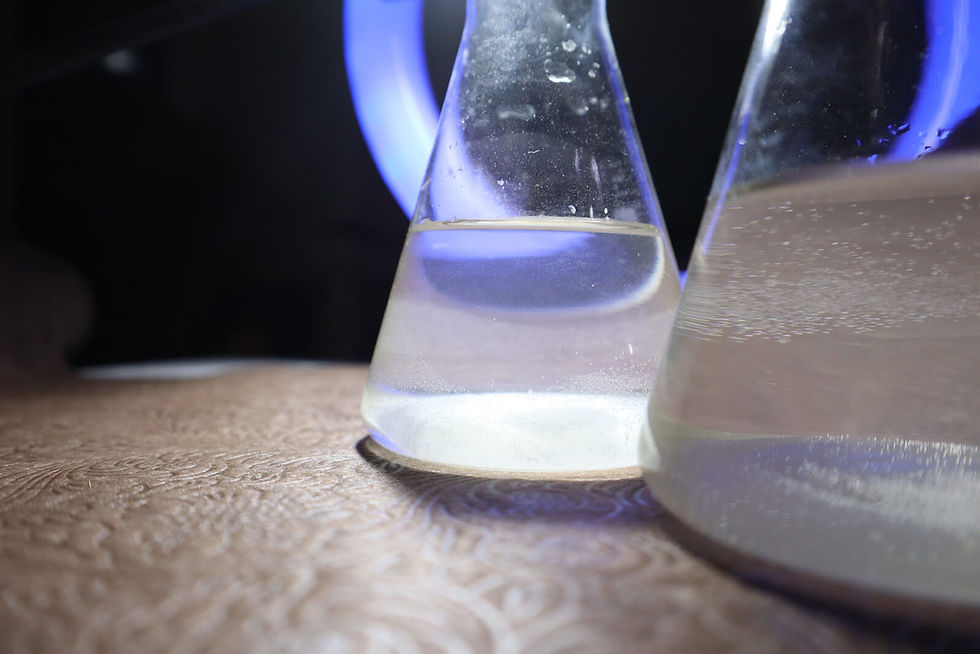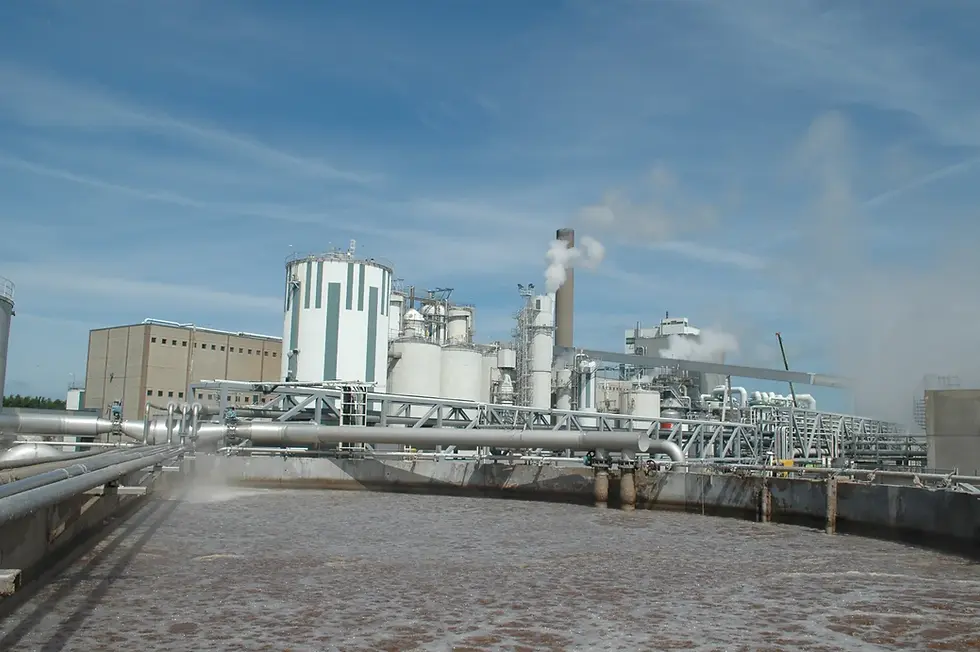Safer, Smarter EO Dosing: Designing for Risk Mitigation and Process Control
- cemnar0
- Jul 18
- 2 min read

Introduction: Ethylene Oxide - Essential and Challenging
Ethylene oxide (EO) is indispensable in the production of ethanolamines, specialty amines, and glycol ethers—but its high reactivity, volatility, and toxicity make it a prominent safety concern. The key to safe and efficient industrial EO use is not only in robust dosing but also in tight temperature, mixing, and vent control.
Sulzer’s enhanced mixing platforms and process intensity know-how help plants achieve precise EO dosing, heat management, and process safety eliminating unnecessary vents, minimizing operator intervention, and maintaining high-purity output.
Why EO Dosing Safety Matters in Reactor Design
EO is highly exothermic: Uncontrolled addition can cause localized overheating, increased pressure, and hazardous runaway scenarios.
Toxicity and volatility: Leaks or improper venting endanger workers, impact the environment, and quickly violate regulations.
Side reaction risk: Inhomogeneous mixing or improper EO feed causes by-product build-up, lowering product yield and purity.
Sulzer’s Engineering: Built-In Safety and Control
Drawing from decades of static mixing and high-viscosity reactor expertise, Sulzer tailors each plant with:
1. Intensive Inline Mixing
Sulzer’s static mixer reactor (SMR/SMR plus) technology ensures thorough homogenization of EO and reactants, avoiding concentration “hot spots.”
Excellent radial mixing and controlled flow reduce risk even in highly exothermic conditions or with hazardous feeds.
2. Dynamic Temperature and Residence Time Control
High heat-transfer surface areas per volume ensure fast, controlled removal of reaction heat—essential to safely process EO.
Plug-flow-like operation maintains a narrow residence time distribution to prevent side reactions and ensure process predictability.
3. Automated Feed and Dosing Regulation
Smart dosing units feed EO at safe, controlled rates, instantly adapting to any process drift or upset.
Integrated feedback sensors coordinate EO addition with real-time temperature and pressure readings, making emergency shutoff effective and efficient.
4. Recycling and Vent Minimization
The system recycles unreacted EO and other volatile feeds, maintaining operational safety while maximizing yields and limiting emissions.
Best Practice: Minimizing EO Vents and Operator Risk
Traditional systems often require frequent venting to manage EO concentrations. Sulzer’s integrated solution addresses this by:
Continuous, closed-loop operation: Keeps EO where it belongs—inside the process, for both safety and yield.
Fewer manual interventions: Automated alerts and controls minimize routine operator exposure to EO.
Validated Across the Industry
Sulzer has supplied reactors and full process systems to more than 20 global customers for amines, glycol ethers, and other EO-dependent chemistries. Resulting benefits include:
Significantly lower reportable incidents
Higher process uptime and material yield
Reduced environmental compliance costs
Summary Table: Sulzer EO Dosing vs. Conventional
Feature | Sulzer Enhanced Mixing System | Conventional System |
EO Dosing Control | Fully automated, inline | Manual or basic semi-auto |
Safety (Temp./Pressure) | Real-time monitored, optimized | Reactive, limited by response time |
Heat Removal | High-efficiency static mixers | Slower, less uniform |
Venting/Emissions | Minimal, optimized recycling | Frequent, operator risk |
Operational Uptime | Maximum, thanks to risk controls | Frequent stops, downtime |
Conclusion: Safer and Smarter EO Chemistry with Sulzer
Ethylene oxide handling is never trivial, but Sulzer’s commitment to superior mixing, heat transfer, and process design enables safer, greener, and more productive amine and glycol ether plants. Automated EO dosing and process intensification not only reduce environmental and operational hazards but also support top-tier product purity and compliance.




